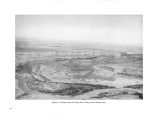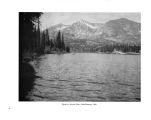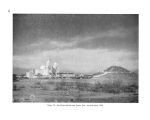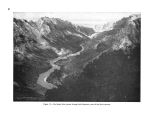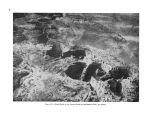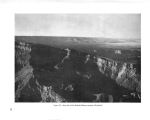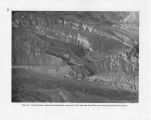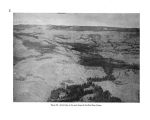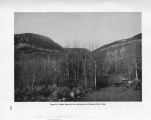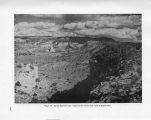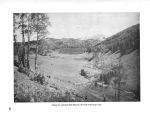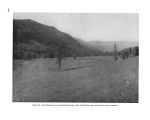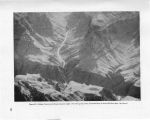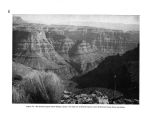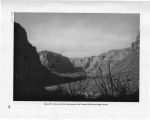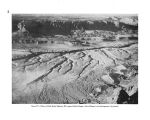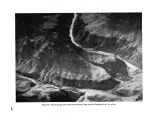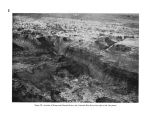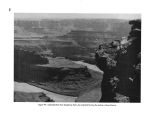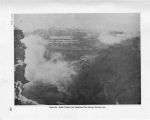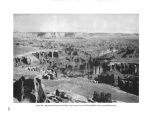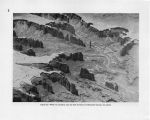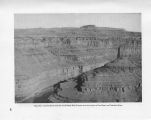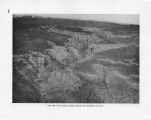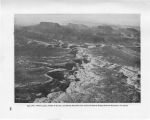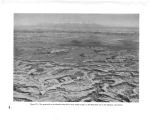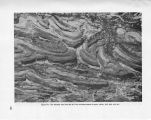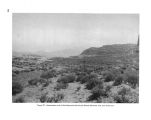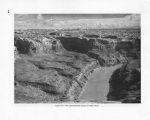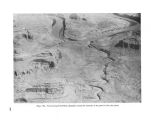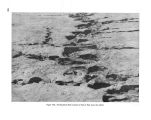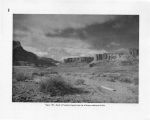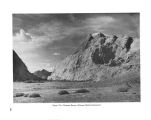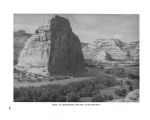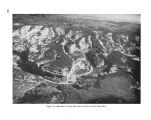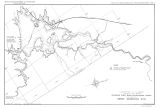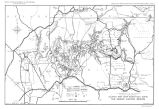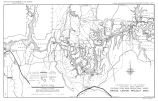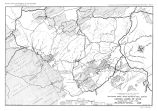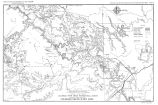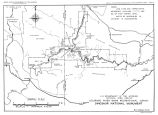| OCR Text |
Show small bird and animal life which would be largely absent from the area were it not for this. 11 FISH LIFE IN RELATION TO LIFE ZONES The distribution of fresh- water fish often is closely related to stream and lake temperatures, but because such temperatures may be greatly modified by local factors extraneous to the general climate, such as source and volume of stream flow, proportions of sunlight and shade, and the size and depth of lakes, fish have not been used as life- zone indicators. Nevertheless, in a broad study of an area as large and diversified as the Colorado River Basin, certain useful comparisons may be made between fish and other wildlife regarding the general effect of climate on distribution. Boreal Zone.- The snow- fed, headwater streams and lakes of the high mountains are small, cold, and poorly supplied with fish food. The lack of food results from the prolonged low temperatures which permit a growing season of only a few weeks for aquatic plants and the various small organisms that feed on them and, in turn, are eaten by fish. The low7 temperatures retard the growth of fish directly by reducing the food supply, and indirectly by slowing up their metabolic rate. In addition to the adverse effects of low temperatures, there is a deficiency of organic matter and of plant nutrients in general in the higher parts of the Boreal Zone. Bare rocks and melting snows that produce water almost as pure as distilled water can provide only measrer nourishment for the aquatic plants that comprise the basic link in the fish- food chain. Boreal Zone fish usually remain small no matter how long thev live. Mortality during the long, rigorous wnire^ s runs as high as 60 percent. 12 Often, where artificially planted in high mountain lakes, they rema'n half- starved throughout the season and willingly take any lure, thereby affording some sport even though their size and the condition of their flesh may not always be up to oar. In addition to the native trout, various non- native trout have been planted in the basin, including the rainbow, brown, and eastern brook. For all of 11 Nichol, A. A., 1945, letter. 12 Needham, Moffett, and Slater, 1945, p. 19. them the Boreal Zone comprises a submarginal habitat, and they do better in the warmer, more abundant waters of the Transition Zone. Transition Zone.- The streams here are cold enough for trout requirements, but not so cold as to inhibit their growth. They traverse greater areas of fertile soil and pick up larger amounts of plant nutrients than Boreal Zone streams. Transition Zone streams, which drain extensive, moist mountain masses such as the Wind River, Uinta, and Rocky Mountains, may become large rivers occupying broad, fertile valleys and fringed by dense vegetation furnishing vital supplies of terrestrial insect food in addition to the abundant aquatic sources. The Transition Zone affords by far the finest natural trout fishing, and is exemplified by the Gunnison River in Colorado and its tributaries. Although trout are the most conspicuous and best- known fish of these mountain waters, a few minnows, suckers, and bullheads are present. 13 Upper and Lower Sonoran Zones.- After the streams have traversed the long, sunny Transition Zone sagebrush valleys of Wyoming, Utah, and Colorado, or have dropped from the limited plateau and mountaintop Transition areas of the States to the south, the water has warmed up beyond the survival point for trout. This occurs at about 7,000 feet, 14 thereby coinciding approximately with the lower limit of the Transition Zone on land. Below this point the water not only becomes warmer, but also becomes more quiet and thereby loses the high oxygen content required by trout. It often picks up a yellow or chocolate- colored burden of silt which smothers food- producing aquatic plants, insects, and crustaceans, and buries spawning grounds. A few Upper Sonoran Zone streams which are fed by cold springs, such as Oak Creek and Bright Angel Creek in Arizona, are partial exceptions to this rule for a short distance, and provide fine trout fishing. Trout soon disappear from the Upper Sonoran Zone, but a few more or less silt- tolerant species of warm- water fish are able to survive there. In the lower stretches of the Colorado and Green Rivers, the Colorado " white salmon" occurs in limited numbers. Actually it is an enormous minnow, occa- 13 Ellis, p. 123. 14 Ellis, op. cit. p. 122. 14 |




























